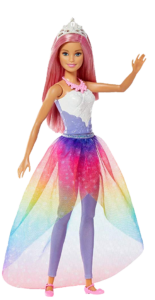
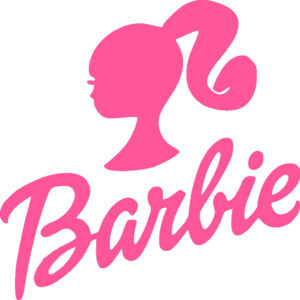
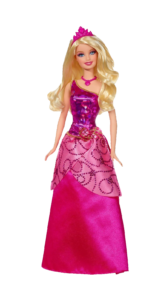
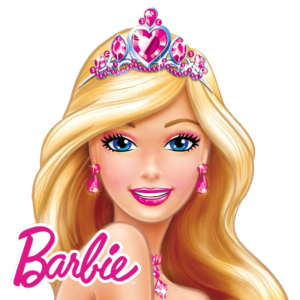
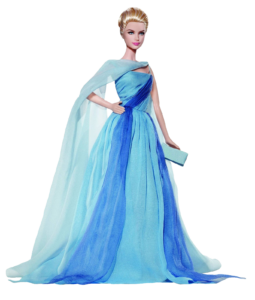



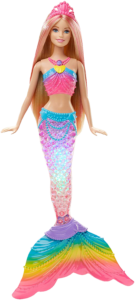
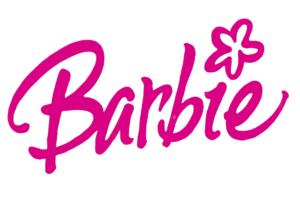


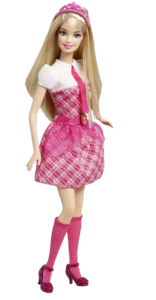
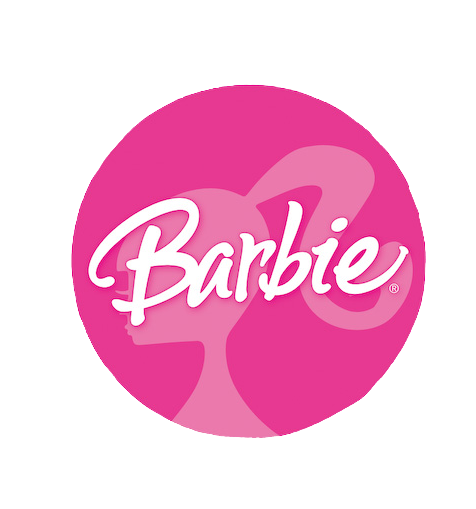
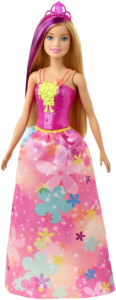
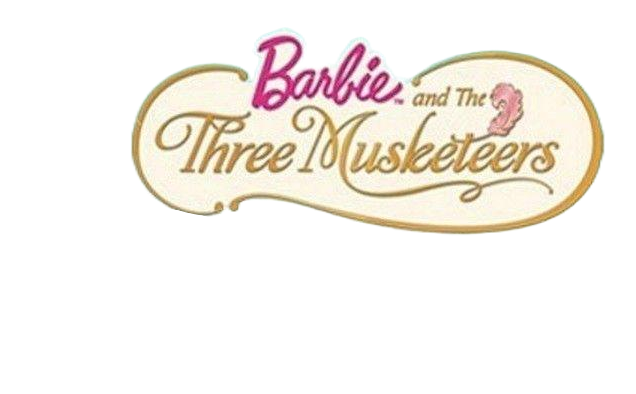
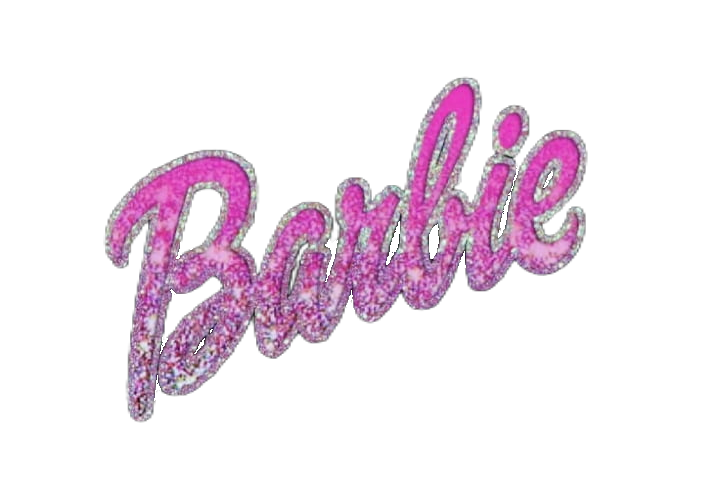
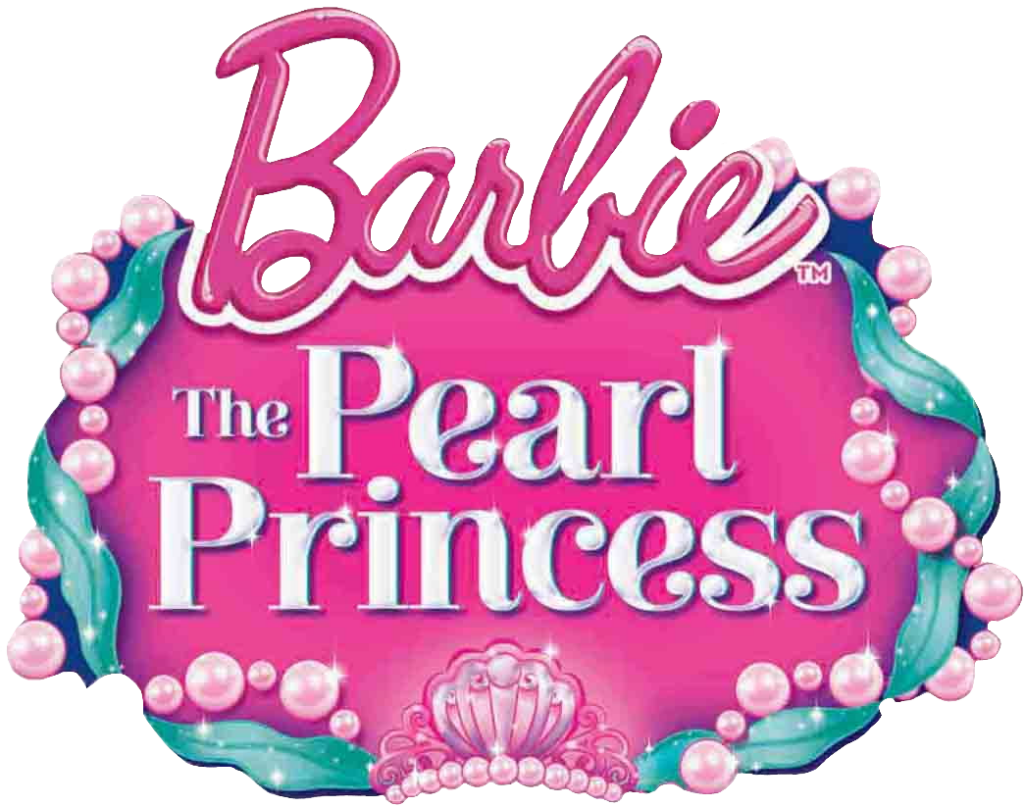
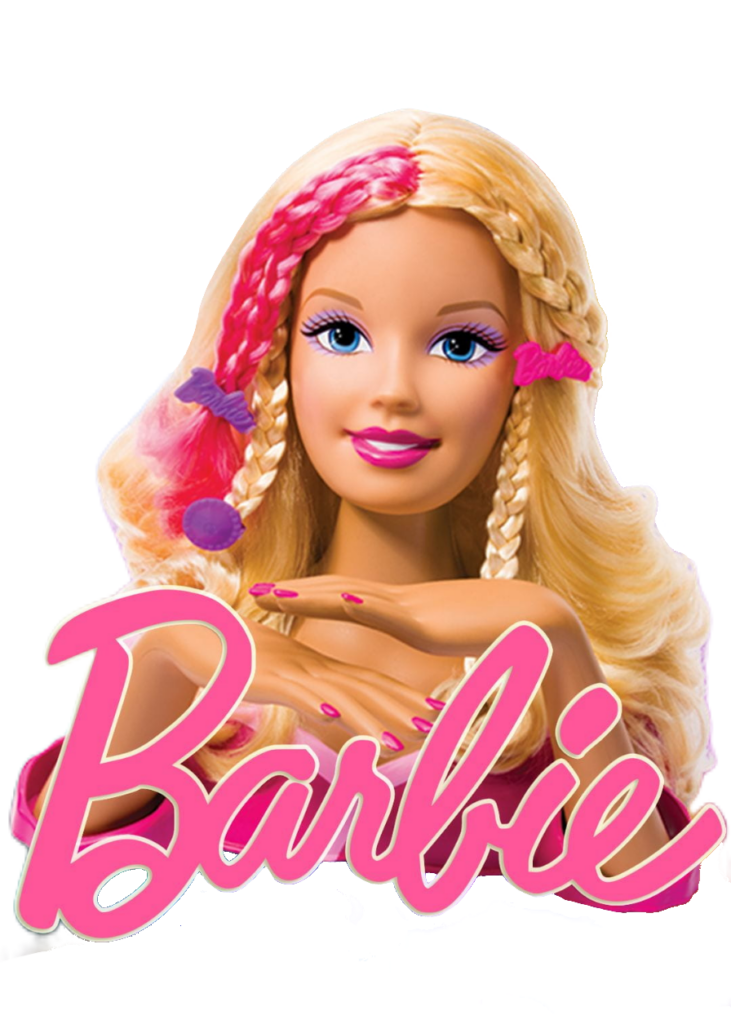
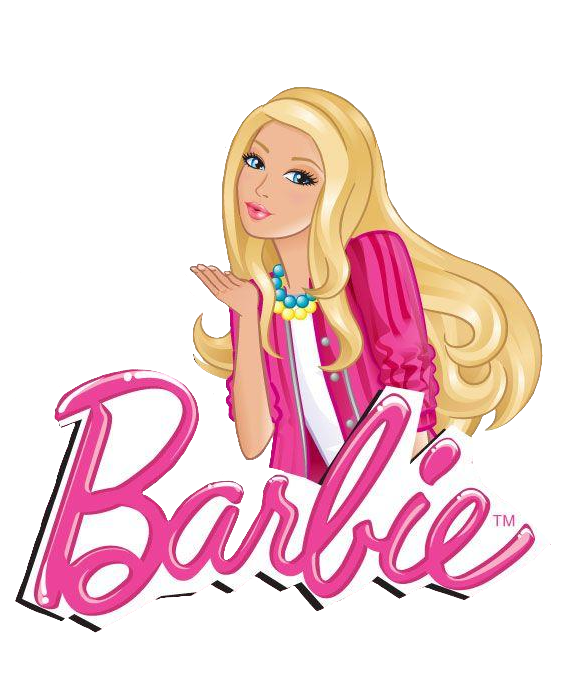
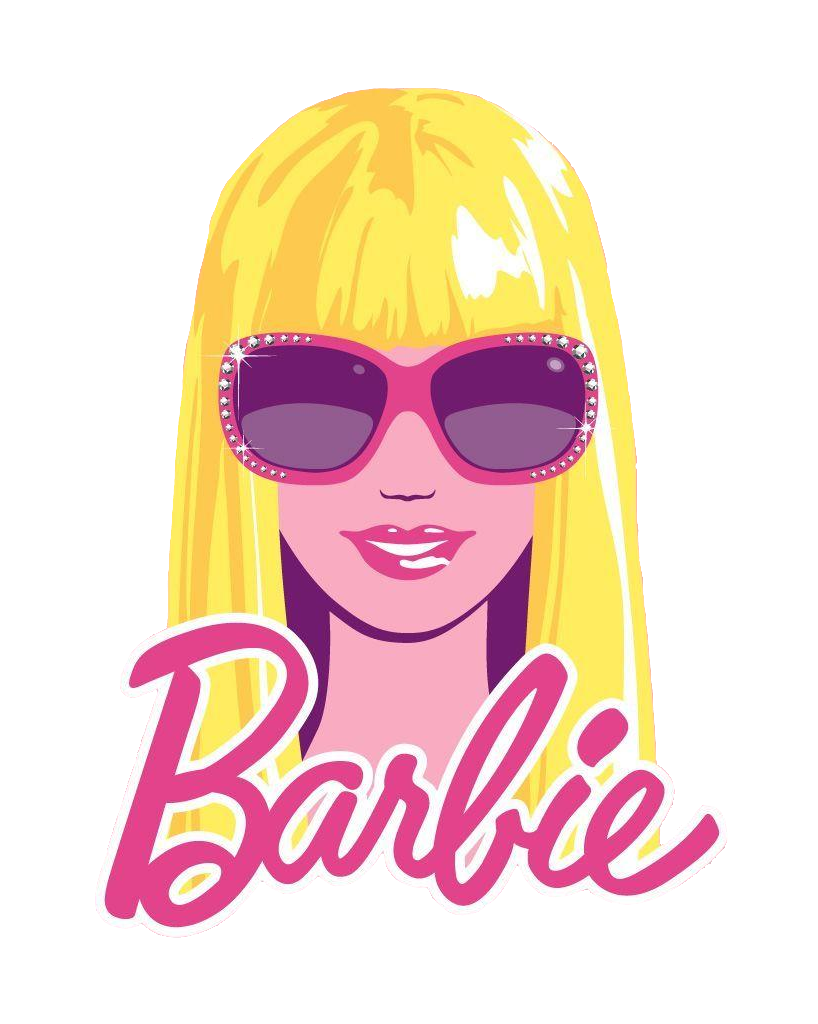
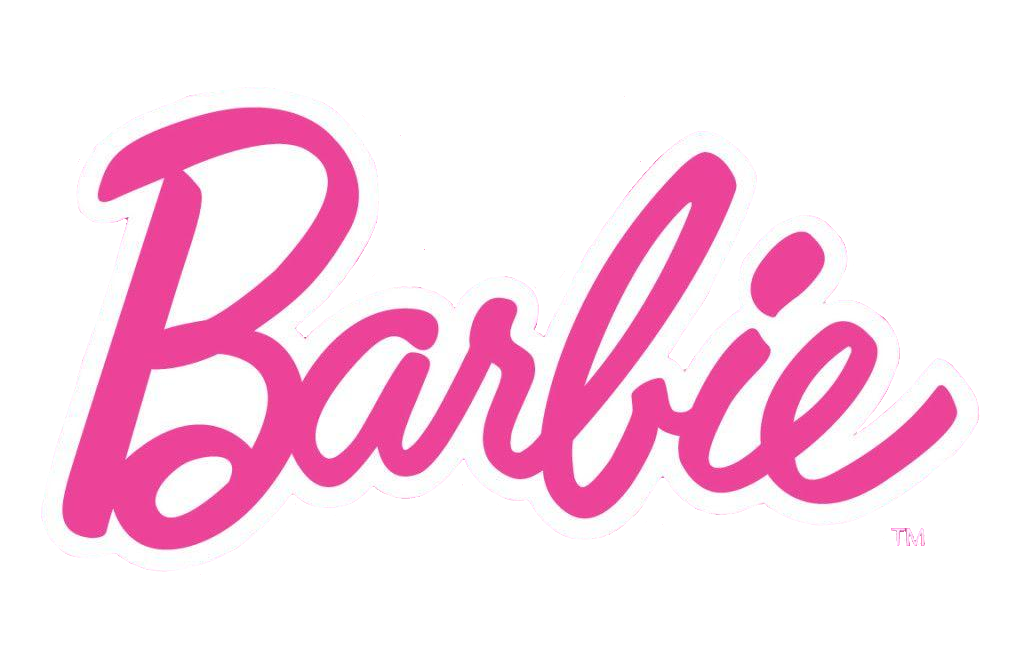
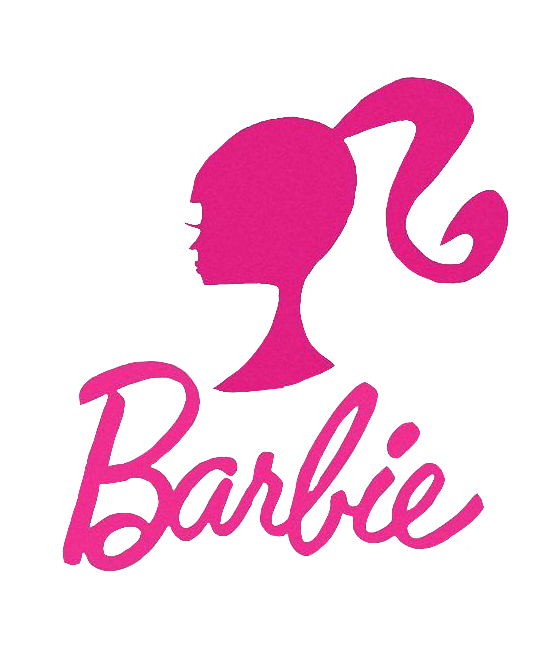
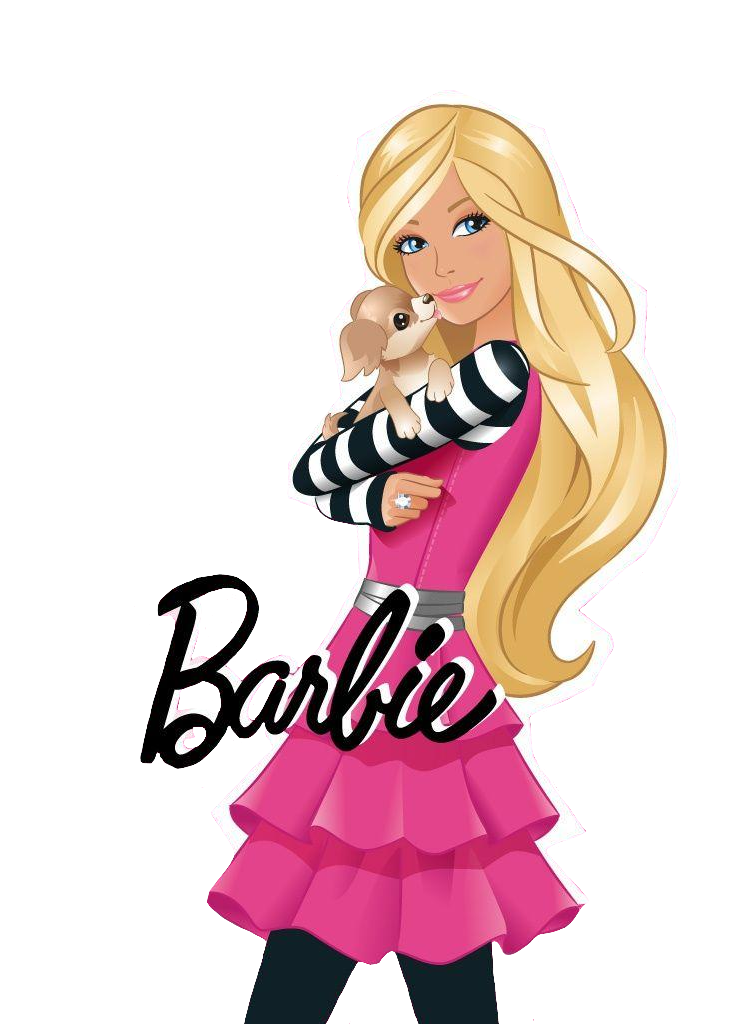
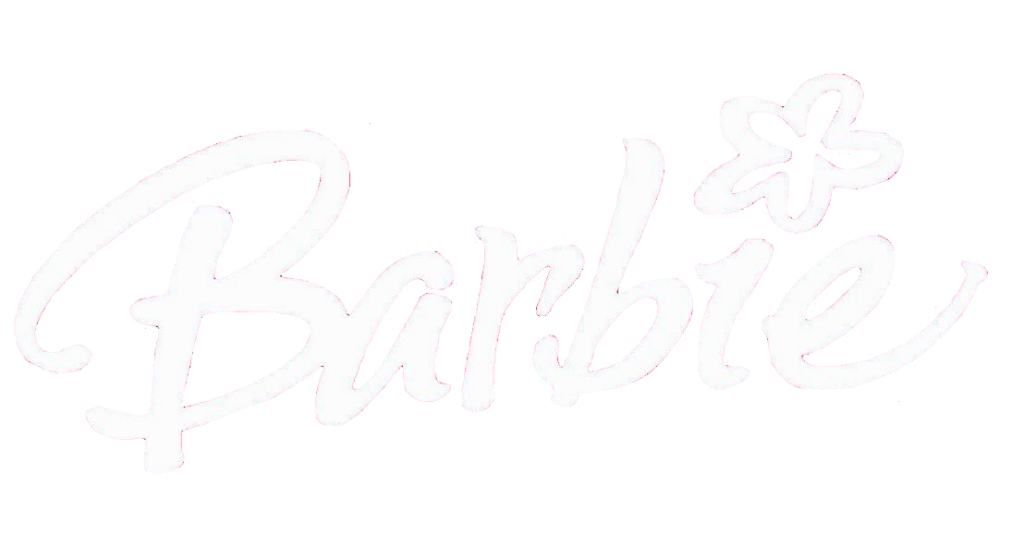
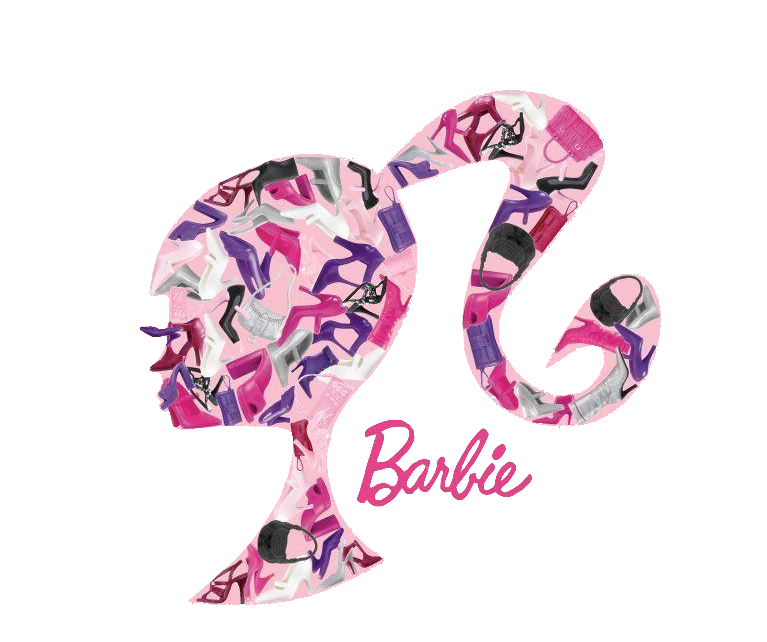
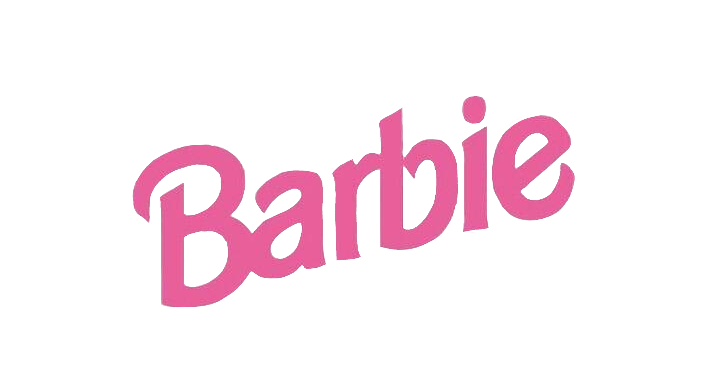
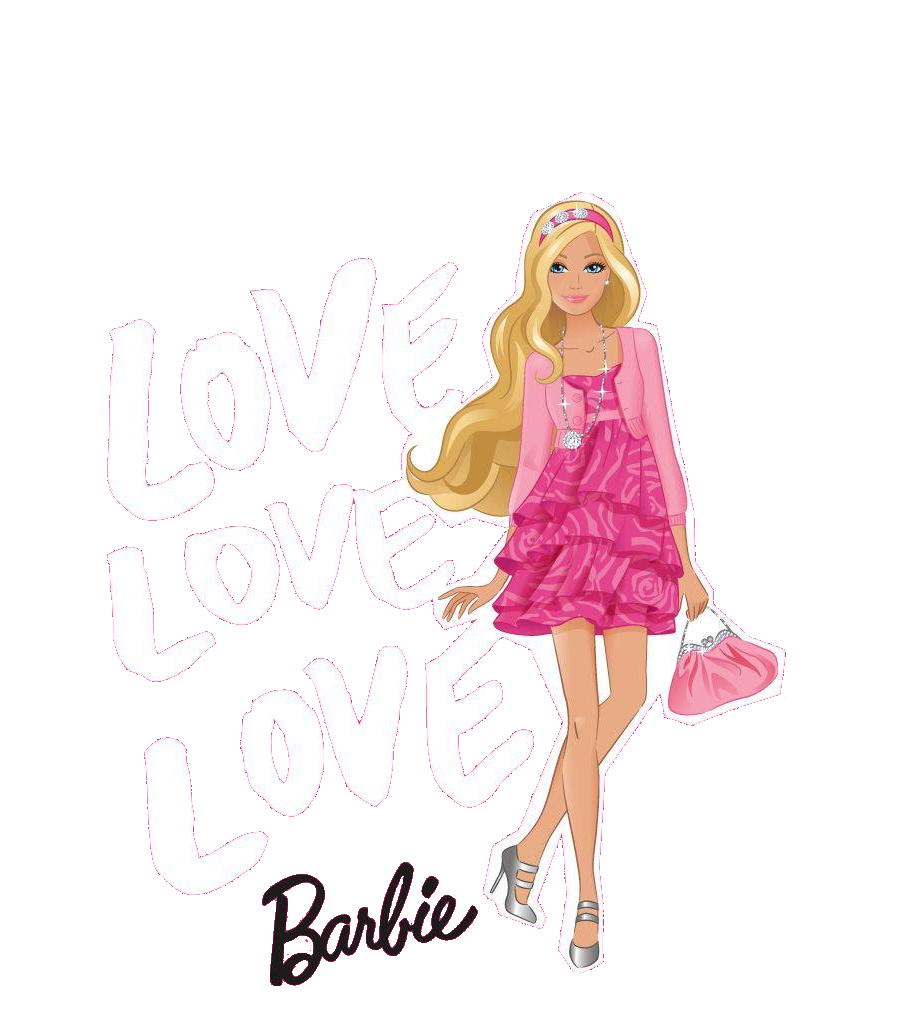
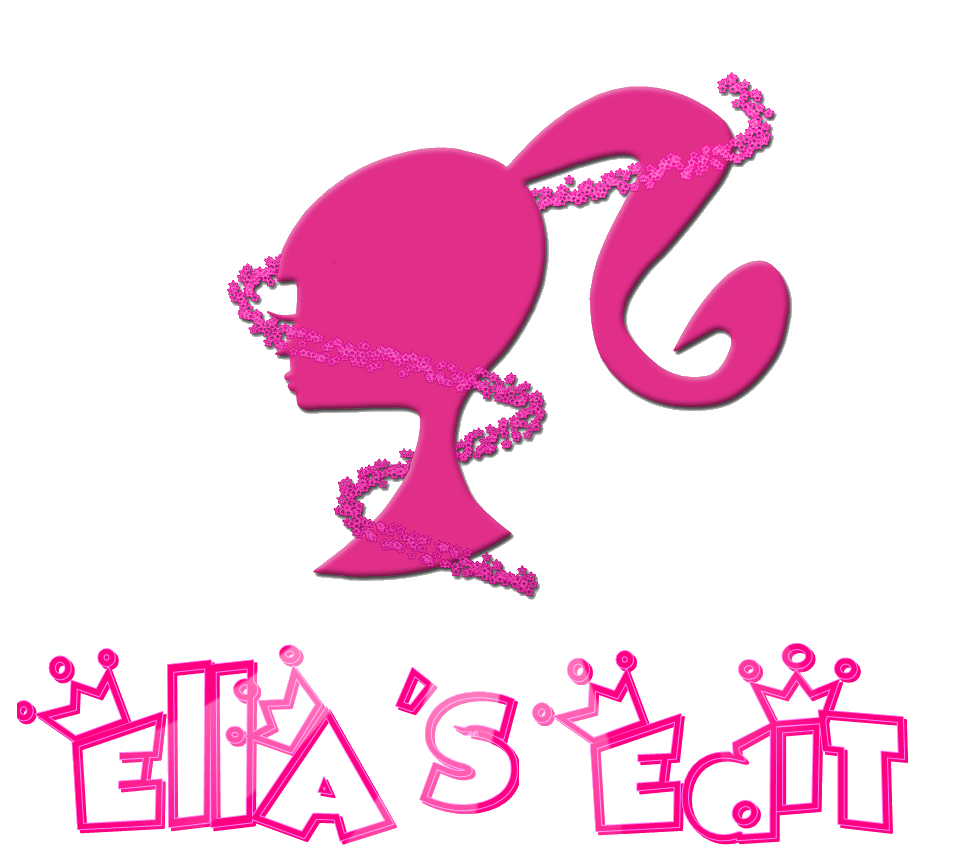
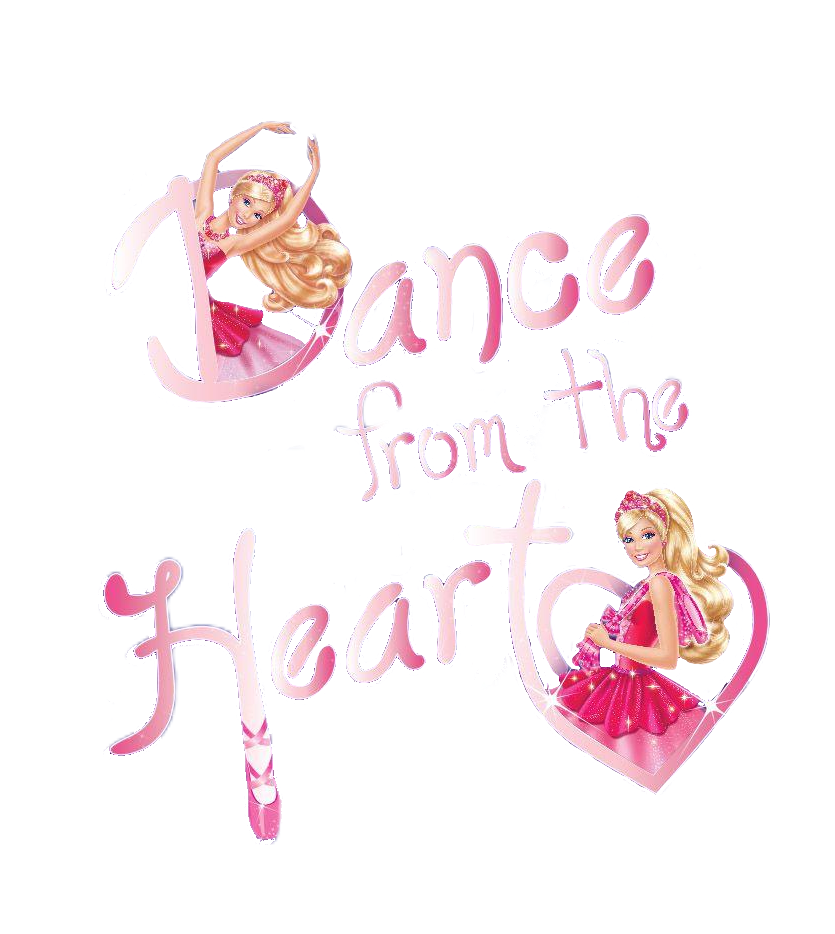
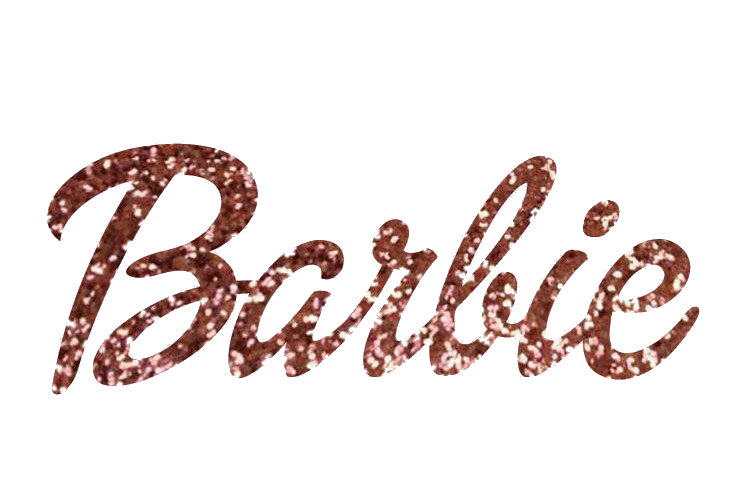
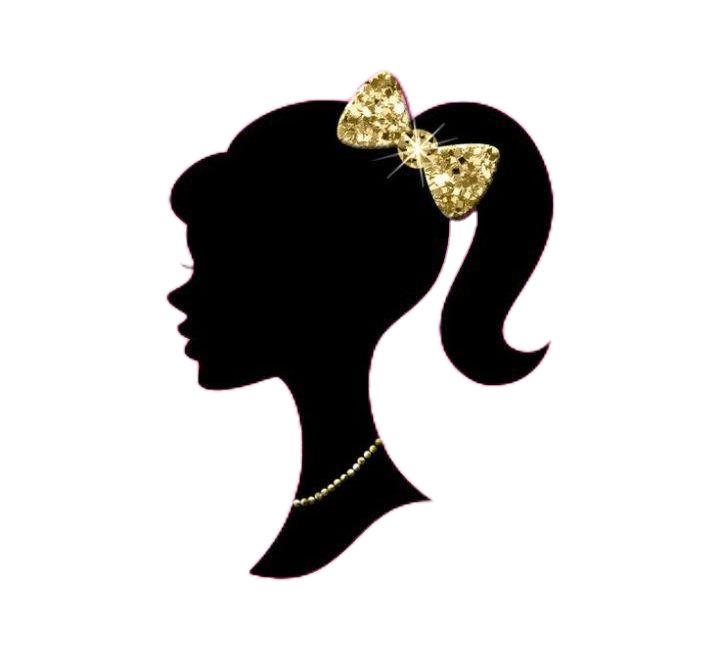
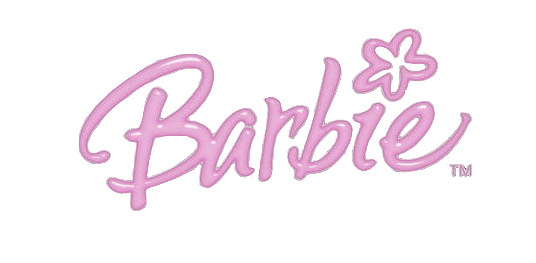
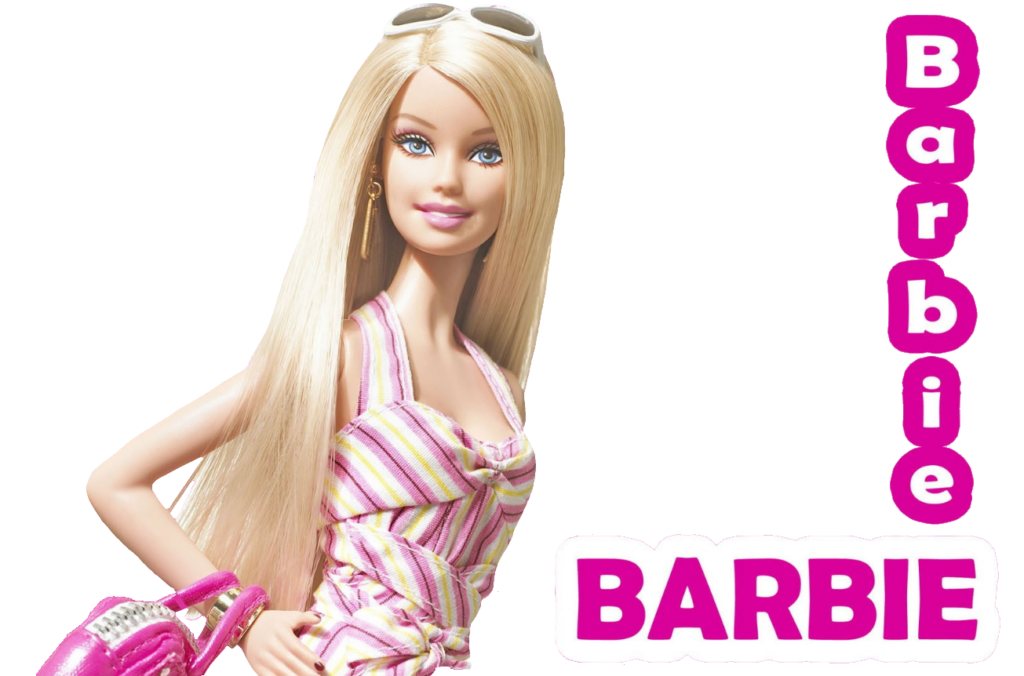
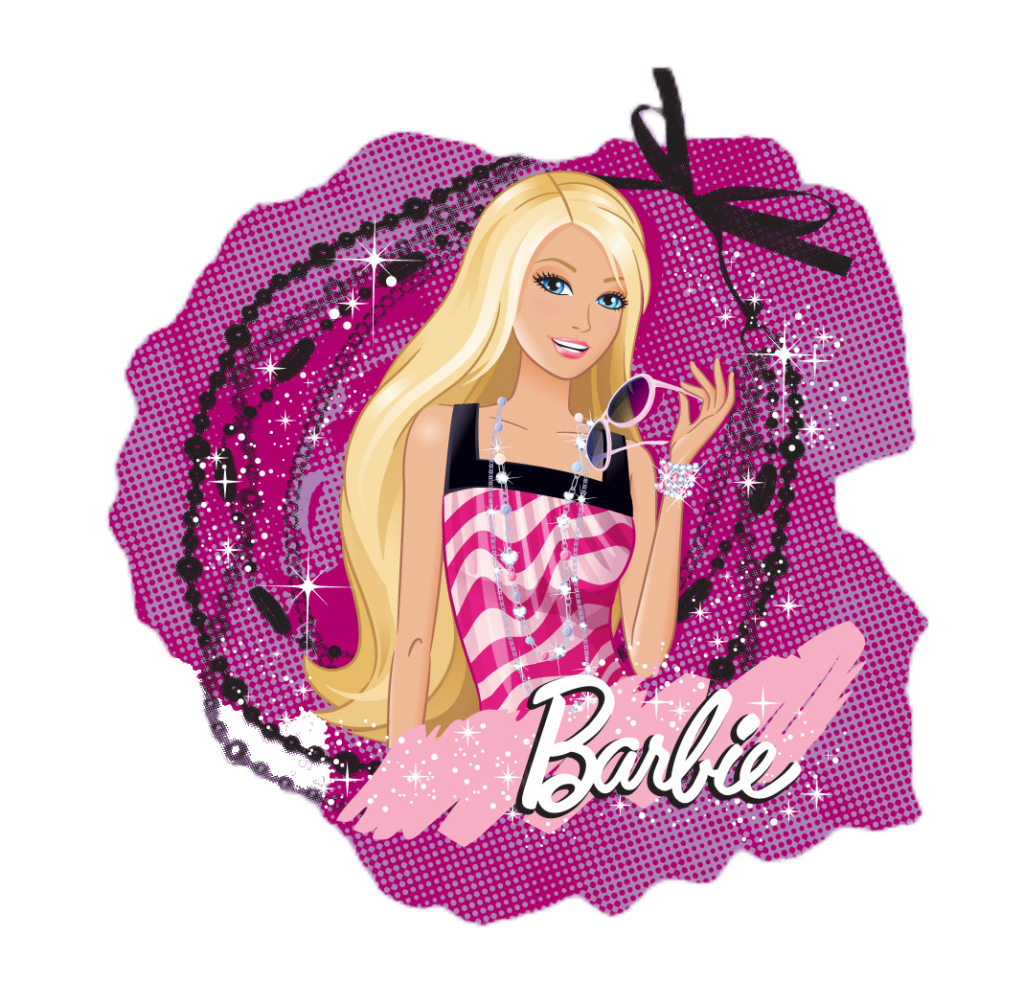
Barbie, the iconic fashion doll, has been a cultural phenomenon since her introduction in 1959. Created by Ruth Handler, the co-founder of Mattel Inc., Barbie quickly became a symbol of aspiration, beauty, and fantasy for generations of children. However, this beloved doll has also faced criticism for promoting unrealistic beauty standards and gender stereotypes.
Barbie debuted at the American International Toy Fair in New York City in 1959. After observing her daughter Barbara role-playing with paper dolls, Ruth Handler was inspired to create a three-dimensional adult-like doll. Barbie was introduced as a teenage fashion model emphasizing fashion, career, and independence—a departure from the baby dolls prevalent at the time.
Over the decades, Barbie has played a significant role in shaping children’s imaginative play. With her extensive wardrobe, dream houses, and various accessories, Barbie has allowed children to explore multiple narratives and scenarios. Through Barbie, children have engaged in storytelling, creativity, and the development of social skills as they navigate relationships and life situations in a miniature world.
Despite her popularity, Barbie has not been immune to criticism. One of the most prominent issues raised is the portrayal of an unrealistic body image. Barbie’s proportions, often criticized for being too slender and unattainable, have been accused of contributing to negative body image perceptions among young girls. Critics argue that such unrealistic standards can lead to body dissatisfaction and low self-esteem.
Moreover, Barbie has been accused of reinforcing gender stereotypes by predominantly focusing on fashion, beauty, and relationships. Critics contend that this limited portrayal may influence children’s perceptions of gender roles and expectations, potentially narrowly shaping their aspirations and interests.
Mattel has tried adapting Barbie to changing societal norms in response to criticisms. Recently, Barbie dolls with diverse body types, skin tones, and careers have been introduced to promote inclusivity and representation. This shift reflects a growing awareness of the need for toys to reflect the real world’s diversity, fostering positive self-perception among children.
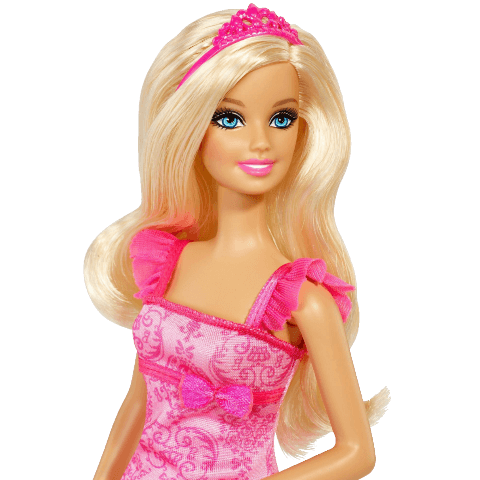
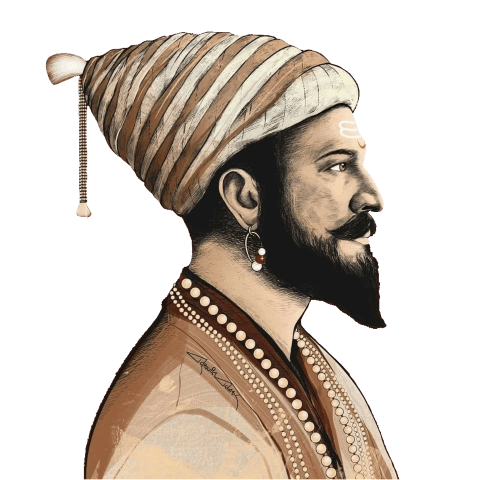
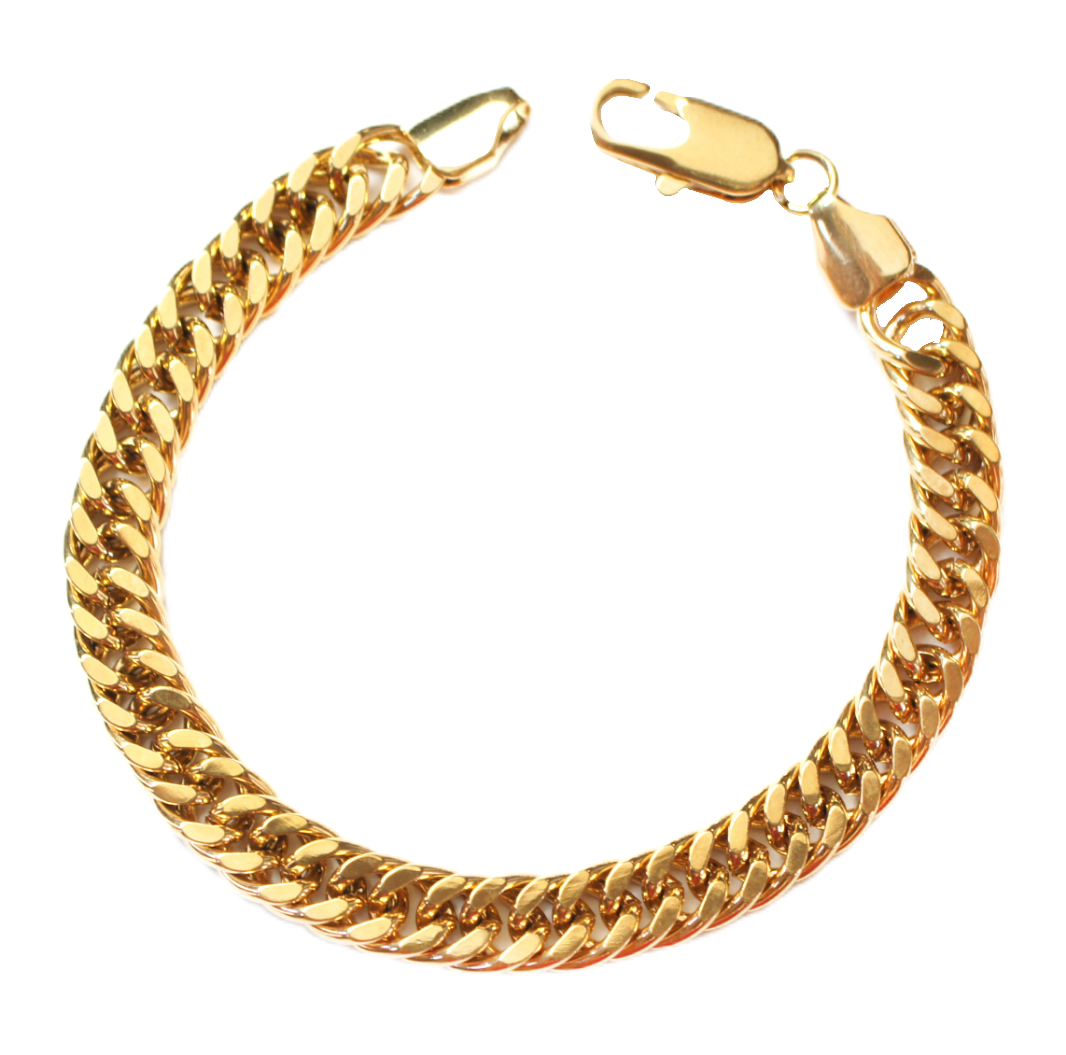


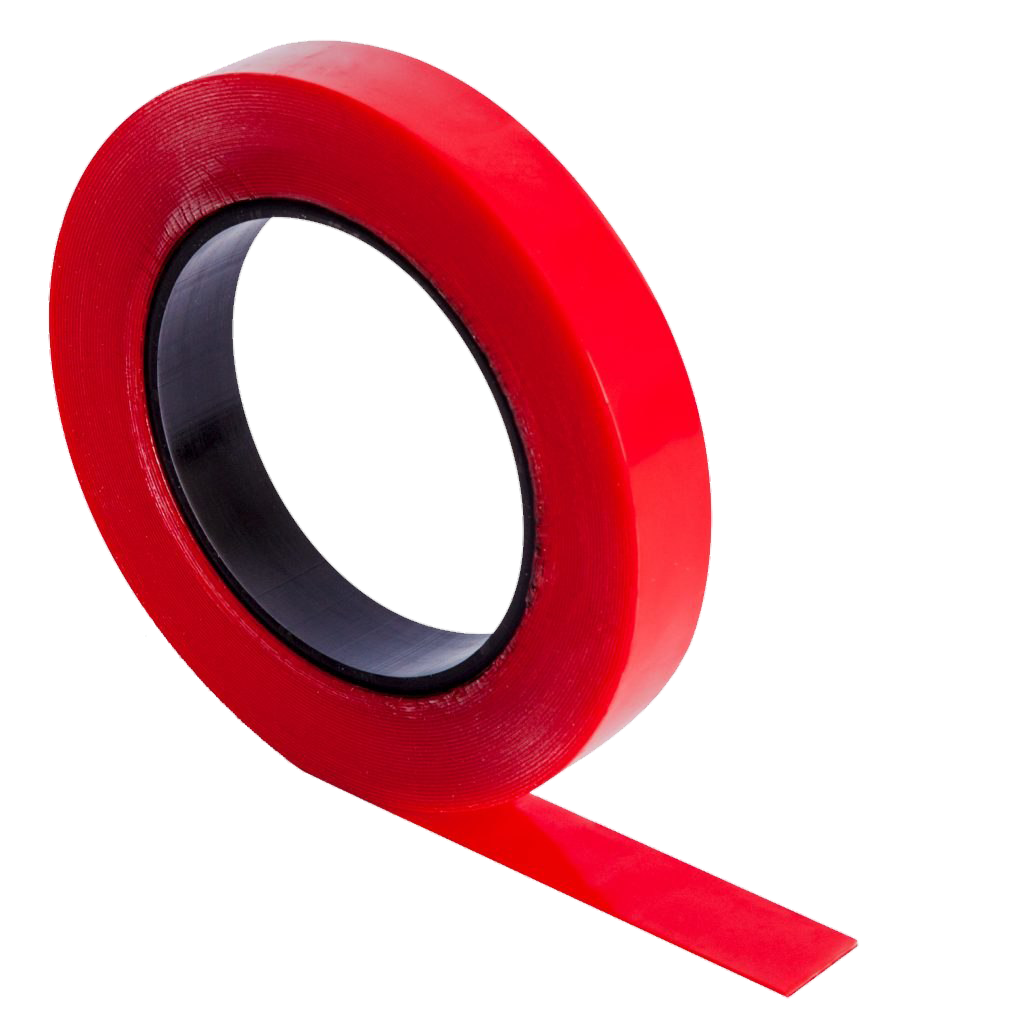

Leave a Comment
Instagram